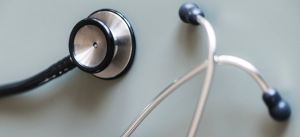STUDY DESIGN
STUDY DESIGN
DESIGN GOALS
The Lincoln Project study design is completed in phases. The first phase primarily focuses on data collection and analysis. In order to fully understand the OHPND cohort, the Lincoln team has identified a group of individuals who died between 2014-2016 that meet OHPND criteria and retrospectively built a data repository that describes the specific medical and social drivers behind their OHPND outcome.
The second phase of the Lincoln Project moves from data collection to community intervention. The data collected in phase one will contribute to the design of place-based interventions intended to reduce the impact of OHPND and build a culture of health. Our intervention is modeled after The American Red Cross Home Fire Prevention Campaign, where volunteers identify neighborhoods particularly at risk for home fires and go door to door educating individuals on fire-safety and installing smoke detectors.
The Lincoln Project relies on Volunteer Community Health Workers (VCHWs) to accomplish intervention. VCHWs will:
1. Identify and connect community members with existing resources
2. Provide social support and informal counseling
3. Encourage community engagement and self-advocacy
4. Determine additional strategies to combat health and social disparities

Identify communities at risk for OHPND.
Engage community members to determine intervention priorities within the local community.
Leverage existing community resources.
Determine the most effective, evidence-based strategies that can best meet their needs.